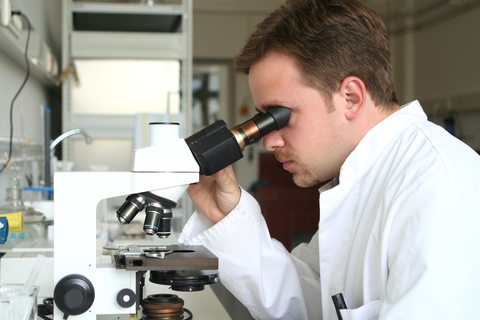Oral steroids not effective for most children with glue ear

A new study by researchers at Cardiff University and the University of Oxford shows a one week course of oral steroid tablets does not result in large benefits for most two to eight year olds who have had glue ear with hearing loss for at least three months.
Glue ear, otherwise known as otitis media with effusion, is the most common cause of hearing loss in children and one of the most common reasons for children to have surgery (insertion of grommets). Most cases get better within a few weeks or months, but some children can experience prolonged hearing loss that can affect their learning, language development, confidence and mental health.
Cardiff University reports the OSTRICH study is the largest ever trial of using oral steroids for children with glue ear. Three hundred and eighty nine children with glue ear and hearing loss in both ears for at least three months were randomly allocated to take steroid tablets once a day for one week or a placebo for the same amount of time. They completed a symptom diary for five weeks and had their hearing assessed five weeks, six months and twelve months after being entered into the study.
The study found that children who took the steroid tablets were more likely to have satisfactory hearing by five weeks, but the difference was small and may have just been a chance finding.
Cardiff University’s Professor Nick Francis, who co-led the study with Professor Chris Butler at the University of Oxford, said “Our study shows that a glue ear often gets better by itself – 1 in 3 of these children with prolonged glue ear, and who took placebo tablets, had satisfactory hearing by 5 weeks. We found limited evidence of benefit from steroid tablets for most children, but it is possible that around 1 in 14 will get better more quickly following a 1-week course of tablets. We didn’t include younger children (under 2) in our study, so can’t say whether steroids would be more or less effective in these children.”
The OSTRICH study was funded by the NIHR Health Technology Assessment Programme and led by Cardiff University and the University of Oxford.








